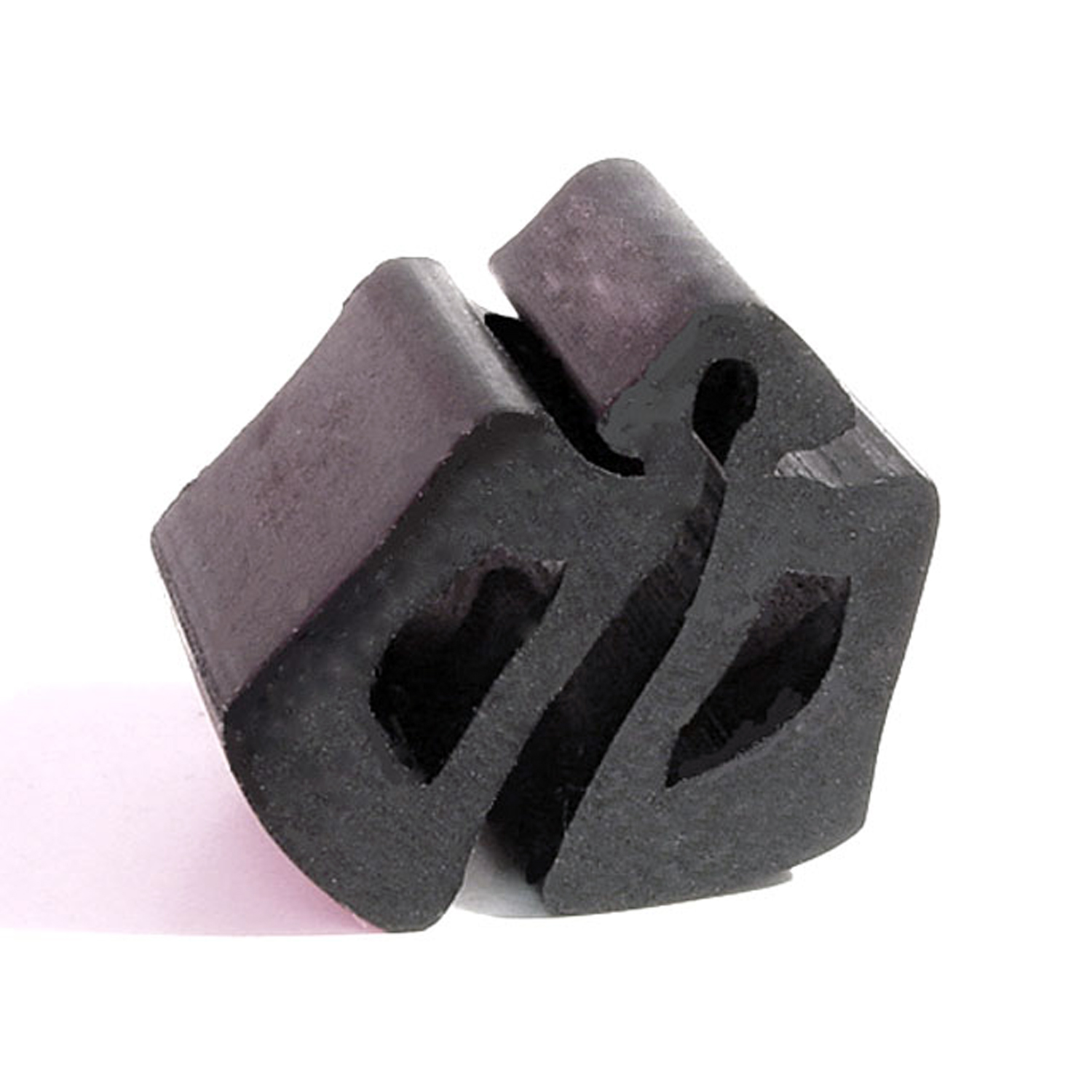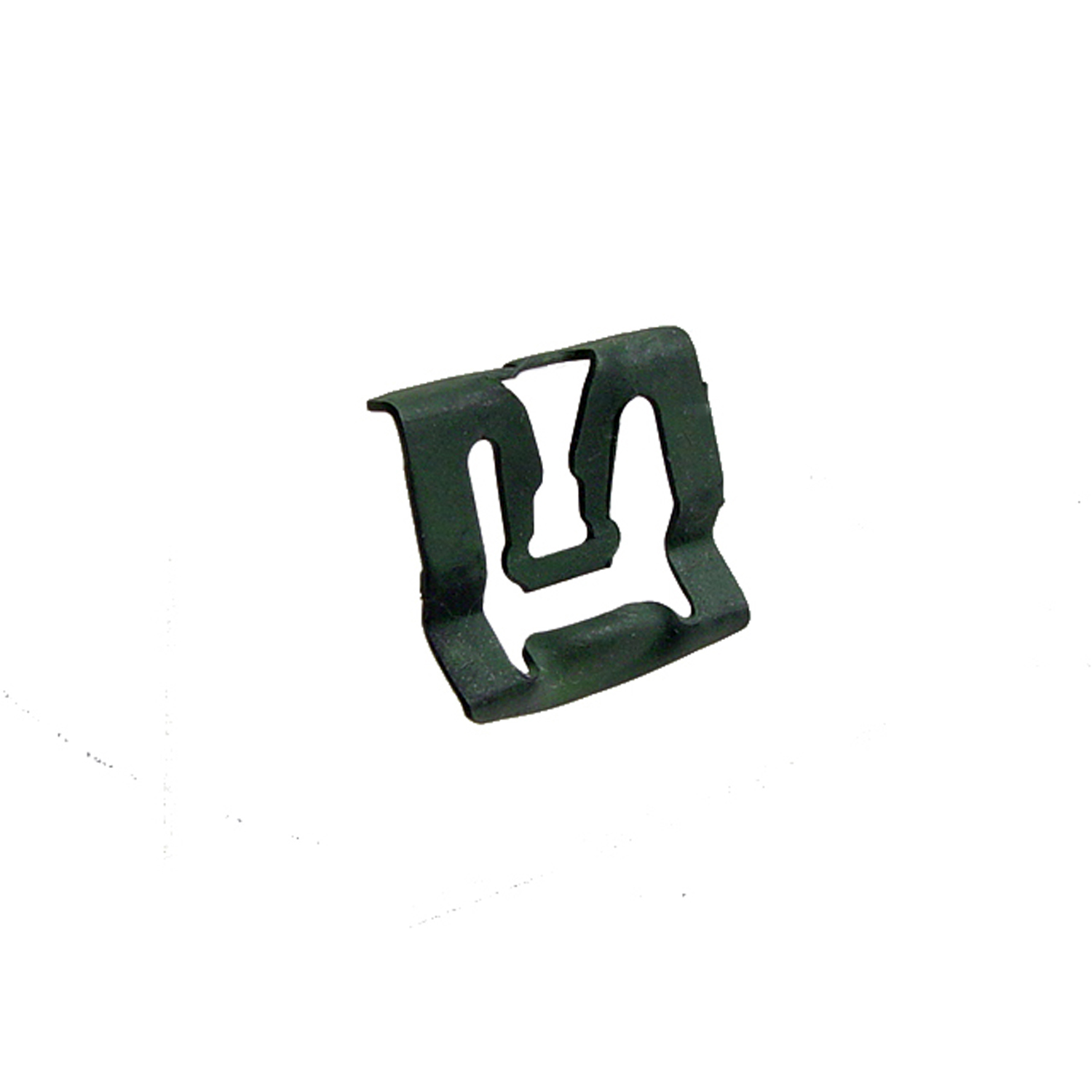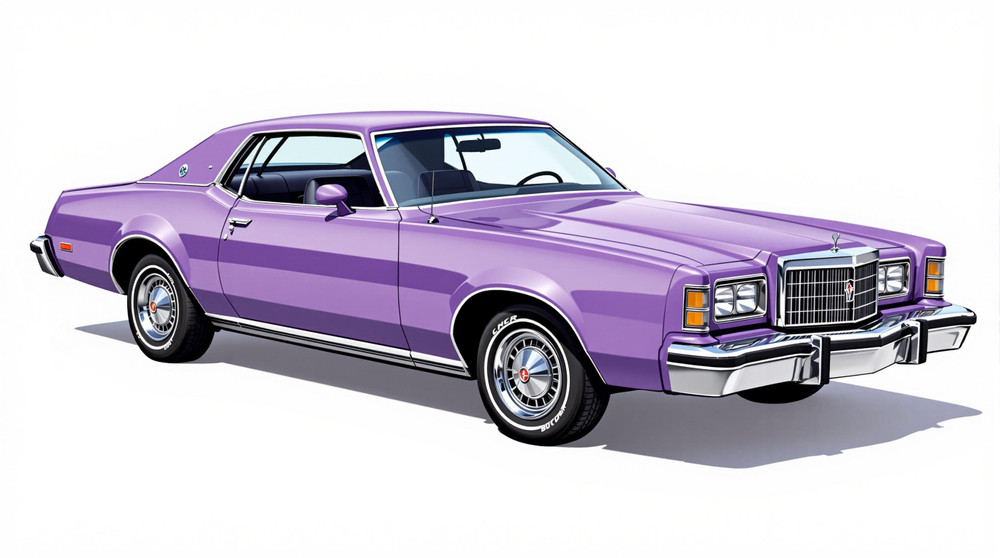Image of 1976 Mercury Bobcat, Note: These illustrations use artistic license and may differ from actual historical models.
Performance Metrics
Fundamental Metrics
Emotional Appeal
MMP Rating
| Engine Specifications | |
|---|---|
| Engine Options: | 2.3L I4, 2.8L V6 |
| Displacement Range: | 140-171 cu in. |
| Horsepower Range: | 88-105 hp |
| Torque: | 120-145 lb-ft |
| Compression Ratio: | 8.4:1 (I4), 8.7:1 (V6) |
| Ignition System: | Electronic |
| Cooling System: | Liquid-cooled |
| Performance Specifications | |
| 0-60 Time: | 11-13 seconds |
| 1/4 Mile Time: | 18-20 seconds |
| Top Speed: | 100 mph |
| Transmission and Drive | |
| Drive Type: | RWD (Rear Wheel Drive) |
| Transmission Type: | 3-speed automatic, 4-speed manual |
| Fuel and Efficiency | |
| Fuel System Type: | Carburetor |
| MPG: | 18-22 mpg |
| Dimensions and Brakes | |
| Brakes: | Front disc, rear drum |
| Wheelbase: | 94.2 in. |
| Weight: | 2,600-2,800 lbs |
Note: Specifications for classic cars are given to the best of our ability, considering the limited and variant data available.
1976 Mercury Bobcat: A Compact Marvel of the '70s
With the roar of muscle cars fading into a more practical era, the 1976 Mercury Bobcat emerged as a symbol of sensibility infused with a touch of flair. Born from the stables of Mercury, a division of the Ford Motor Company, this compact vehicle was designed to meet the demands of an oil-conscious society. The Bobcat was essentially a rebadged version of the Ford Pinto, tailored with unique trim and branding to carve its niche in the automotive market. Its introduction came at a time when consumers were shifting their focus to fuel efficiency and affordability in response to the fuel crisis of the 1970s. A notable moment in its history was its role as an economical yet stylish solution during these tumultuous times.
Design and Innovation
The exterior styling of the Mercury Bobcat was characterized by its subcompact dimensions, sporting a long hood with a short rear deck—a design language that hinted at sportiness while maintaining practicality. The interior featured modest yet comfortable accommodations, with materials that were typical for economy cars of that era. Notable technological features for its time included rack-and-pinion steering and an optional three-speed automatic transmission, which were considered advancements in an age dominated by larger, less sophisticated vehicles. Color options ranged from vibrant hues to more subdued tones, with shades like 'Bright Red' and 'Silver Metallic' being popular choices among consumers. The Bobcat was available in several body styles, including a two-door sedan, hatchback, and station wagon, with the hatchback garnering particular favor for its blend of utility and style.
Historical Significance
The 1976 Mercury Bobcat's impact on automotive design was subtle yet significant. It demonstrated that American manufacturers could produce small cars that appealed to consumers' growing environmental and economic concerns without completely sacrificing personality. This car set itself apart through its blend of domestic branding and compact efficiency, influencing future designs that would continue to balance these aspects.
Performance and Handling
Under the hood, the Bobcat offered modest performance with engine options that prioritized fuel economy over raw power. The top speed and acceleration were adequate for daily commuting—certainly not record-breaking—with 0-60 mph times that reflected its economical nature rather than high-performance aspirations. Handling was nimble for its class, managing bumps and windy roads with relative ease for a car of its size. Driving a Bobcat was an exercise in simplicity; the engine's hum was unobtrusive, the ride comfort was acceptable for short to medium distances, and driver interaction remained straightforward and uncluttered by today's standards.
Ownership Experience
The Mercury Bobcat served as a versatile vehicle fulfilling roles from daily commuting to becoming an endearing show car for enthusiasts of '70s Americana. Maintenance and reliability were comparable to other domestic compacts of the time, with repairs being relatively easy due to commonality of parts with the Ford Pinto. This made it an accessible option for average owners who valued ease of serviceability.
Fun Facts
The Bobcat holds a quirky place in automotive history with trivia such as being offered with plaid interior patterns during certain model years. While not known for breaking speed records or dominating sales charts, it did find its way into popular culture through appearances on television shows and movies set during the '70s era. Common criticisms included concerns over safety—a stigma it shared with its Ford Pinto cousin—but it also garnered appreciation from those who valued its practical charm.
Collector's Information
Today, the value range for collectors varies widely based on condition, originality, and historical significance. While exact production numbers are elusive, it's estimated that hundreds of thousands were produced during its run from 1975 to 1980. As for price trends, well-preserved examples can fetch anywhere from a few thousand dollars up to around $10,000 or more for pristine or uniquely optioned models—reflecting an appreciation in value as nostalgia for this era grows among collectors.
Conclusion
The 1976 Mercury Bobcat stands as a testament to an era when compact size began to matter just as much as style on American roads. It may not have been the fastest or most luxurious car of its day, but it offered something perhaps more enduring: practicality with personality. As we look back on this humble yet distinctive vehicle, we're reminded that sometimes less truly is more.
1976 Mercury Bobcat Catalog of Parts
 1976 Mercury Bobcat Hood Bumper. Each-HF 2Hood Bumper. Each
1976 Mercury Bobcat Hood Bumper. Each-HF 2Hood Bumper. Each 1976 Mercury Bobcat Windshield Reveal Molding Clip. Made of steel. Each-WF 228-AWindshield Reveal Molding Clip. Made of steel. Each
1976 Mercury Bobcat Windshield Reveal Molding Clip. Made of steel. Each-WF 228-AWindshield Reveal Molding Clip. Made of steel. EachWhy Choose Metro?
For over 100 years, Metro Moulded Parts has been the pinnacle of quality in classic car restoration parts. Our commitment to precision and authenticity in every component ensures a perfect fit and an OEM-level appearance.
- Expert Craftsmanship & Quality: Each part is a testament to our dedication to reliability and perfection, crafted from original designs and thoroughly tested.
- Advanced Technology: We use cutting-edge techniques to create flawless, long-lasting parts that surpass others in performance.
- SuperSoft Sponge – The Ultimate Door Seal: Not only are our door seals 30% softer than competitors', but they're also guaranteed to never leak. They effectively reduce wind and road noise, enhancing your classic car's comfort and driving experience.
- Proudly American: Our parts are a product of American craftsmanship, made in the USA with a spirit of excellence and heritage.
- Unrivaled Warranty: We back our products with a 30-year industry-leading warranty, a testament to our confidence in their quality.
Join us in preserving the legacy of classic cars with parts that are crafted for perfection, not just made.

